Huawei New Energy Vehicle Components: How Accurate Is the Smart Diagnostic Function?Huawei’s smart diagnostic function for new energy vehicle components demonstrates outstanding accuracy. Its deep integration of technical architecture with real-world application scenarios provides reliable support for fault identification.
Take the smart IV diagnostic technology in the photovoltaic field as an example. By scanning PV strings to generate voltage-current characteristic curves and applying AI algorithms for big data analysis, the system can precisely identify over a dozen types of component faults.
In the new energy vehicle sector, Huawei’s intelligent diagnostics extend this technical logic. Its vehicle cloud service dynamically monitors critical components—including battery health, motor performance, and charging systems—by collecting real-time operational data and integrating it with cloud-based AI models.
When battery packs exhibit abnormal temperature rises or voltage fluctuations, the system not only pinpoints faulty modules but also assesses fault progression trends through historical data comparisons. Leveraging Huawei’s extensive experience in massive data processing from the communications sector, its ability to detect minute anomalies significantly outperforms traditional diagnostic tools.
The accuracy of Huawei’s intelligent diagnostics is further demonstrated by its adaptability to complex scenarios. For instance, its driver assistance system maintains high-precision perception of irregular obstacles even in heavy rain, with an extremely low false-trigger rate for emergency braking. Similar technical logic is applied to component diagnostics. By comparing against massive standard samples, it can intercept assembly anomalies with 100% accuracy.
From incoming material inspection to final vehicle assembly testing, Huawei has introduced a cloud-based big data quality inspection system that monitors critical technical parameters in real time at every stage. During battery pack production, the system simulates the entire vehicle architecture to verify component performance and compatibility, uploading data to the cloud for analysis to ensure optimal coordination between parts.
How accurate is the intelligent diagnostics feature in Huawei’s new energy vehicle components? The practicality of Huawei’s intelligent diagnostics has been validated. After an AITO M5 owner submitted a fault log via the app, the system remotely resolved the issue within a short timeframe, eliminating the need for an in-store visit.

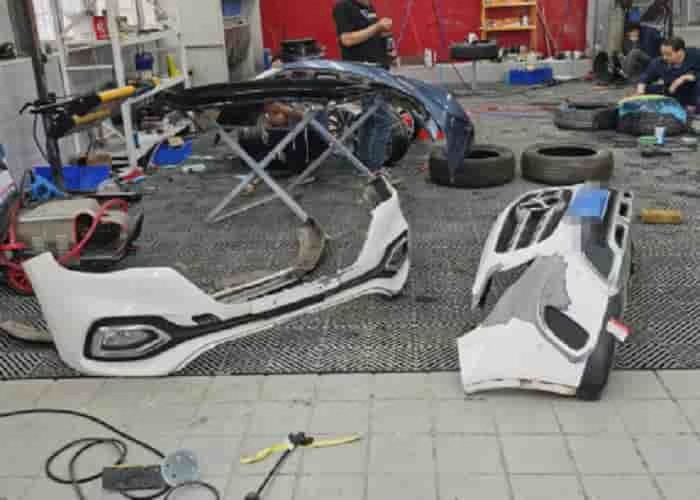
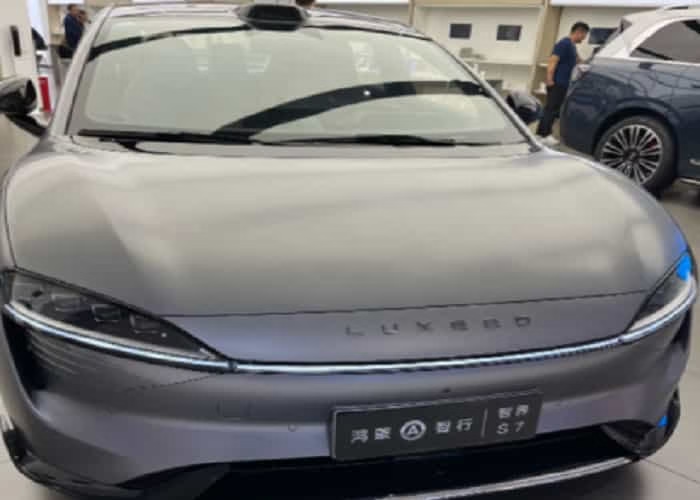

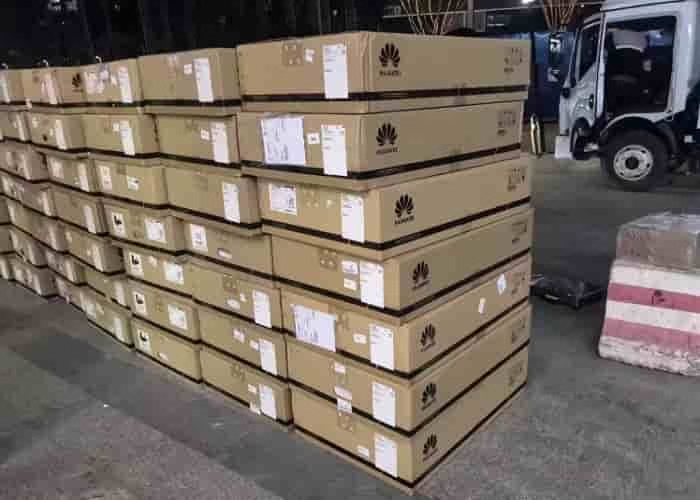
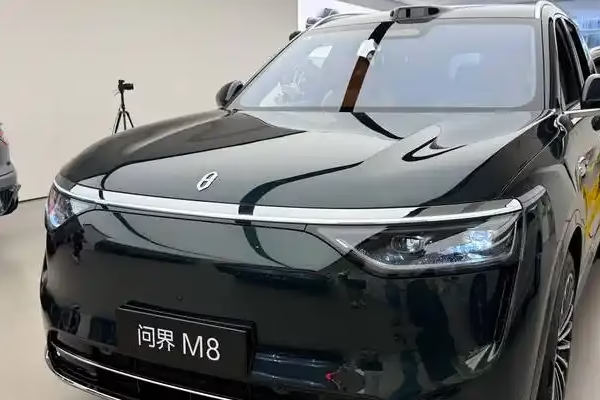

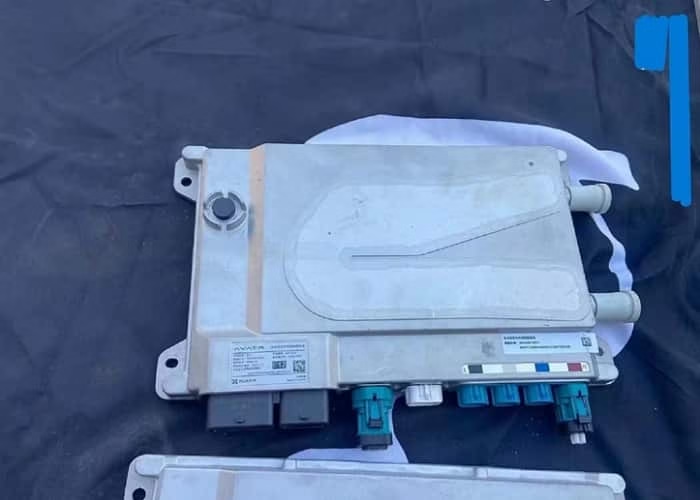

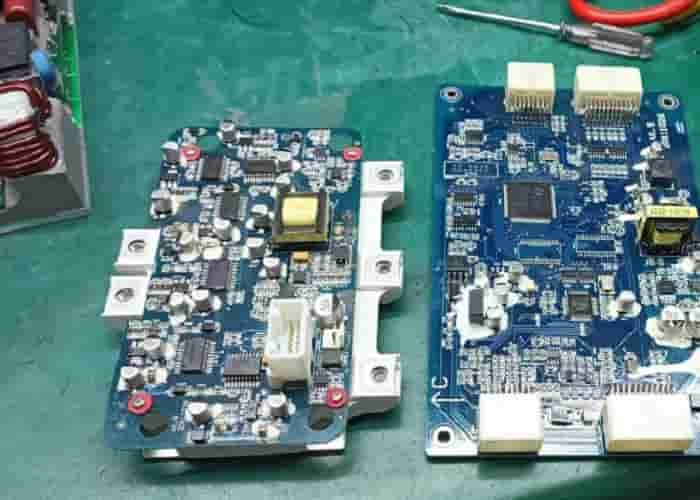
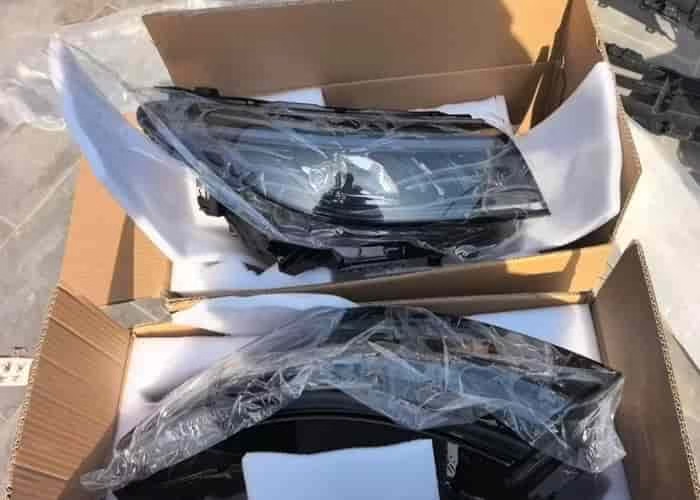

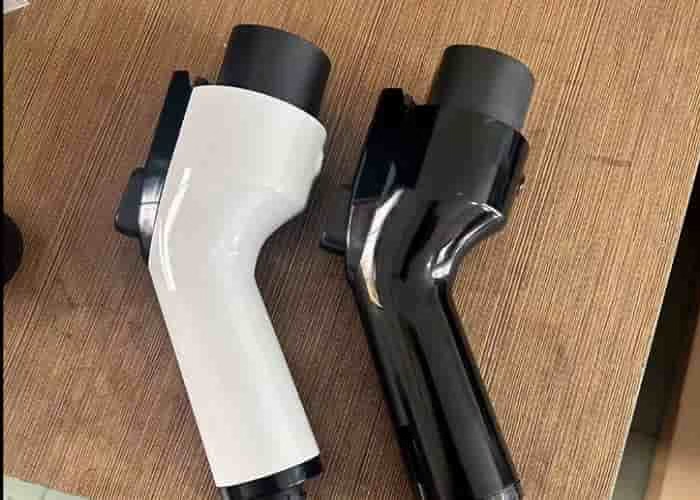



Leave a Reply